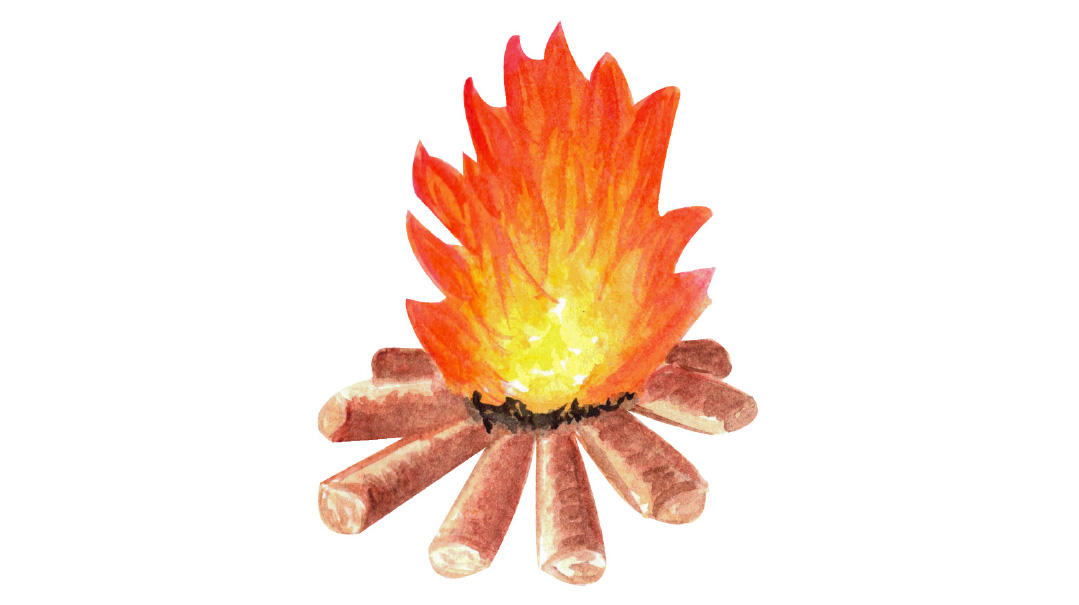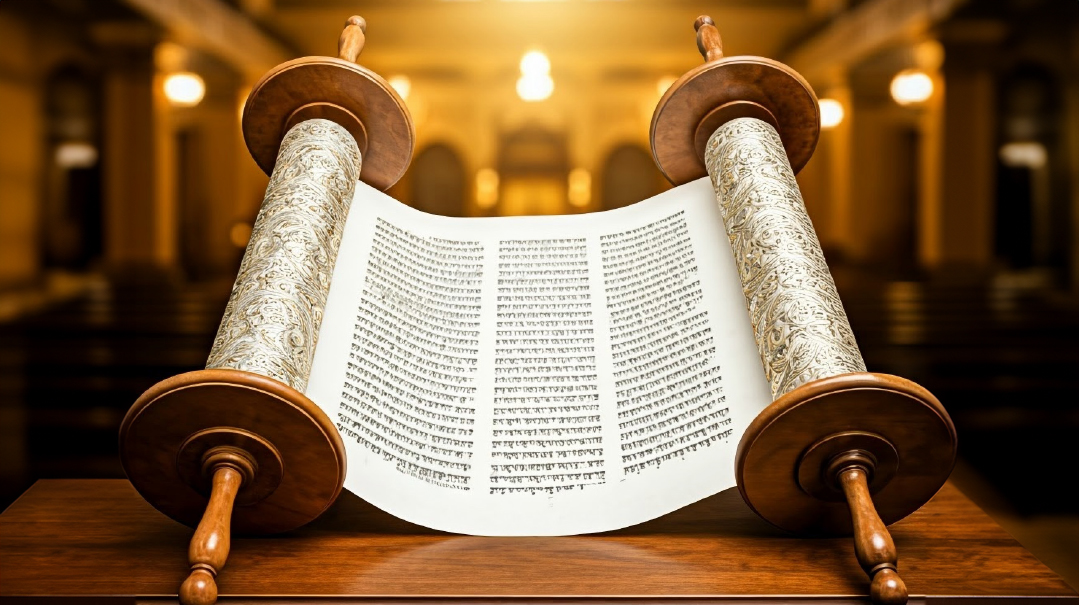The Chasam Sofer on Lag B’omer
| May 21, 2024As Lag B’omer approaches, we ready ourselves for its celebration. But what, precisely, are we celebrating?

As Lag B’omer approaches, we ready ourselves for its celebration. But what, precisely, are we celebrating? The very essence of the day seems shrouded in mystery. Drawing on his newly published sefer, Lag B’omer: The Fire and the Soul, Rabbi Glatstein cites several explanations of the significance of Lag B’omer.
1
In a teshuvah penned to Rav Efraim Zalman Margulies (Yoreh Deiah 233), the Chasam Sofer expresses his bewilderment at the universally accepted observance of Lag B’omer as a day of celebration, given that there is no source for this in divrei Chazal. (The tradition that Rabi Akiva’s students ceased dying on that day doesn’t appear anywhere in Shas or Midrashim.)
The practice of celebrating at the kever of Rabi Shimon bar Yochai is also baffling, because if indeed this is Rabi Shimon’s yahrtzeit, then it should be observed as a day of mourning rather than of celebration. Ironically, although he expresses puzzlement over the significance of Lag B’omer, the Chasam Sofer himself, in numerous places, suggests several profound explanations as to what its meaning might be.
The first is based on the Gemara in Kiddushin (38a ), which tells us that the matzah that Klal Yisrael baked upon leaving Mitzrayim lasted for 30 days. It was then that the mahn began to fall. The Jews left Mitzrayim on the 15th of Nissan and thus, their supply of matzah was depleted one month later — on the 14th of Iyar. The mahn, presumably, began to fall the following day, on the 15th of Iyar.
However, the Chasam Sofer, in four different places (Yoreh Deiah 233; Chasam Sofer al haTorah, Parshas Beshalach; Torah Moshe Hashalem, sof devarim, p. 192; Drashos Chasam Sofer, Drush Limei Hasefirah) quotes a Midrash that says Hashem does not place a tzaddik in a predicament lasting more than three days (Midrash Rabbah, Bereishis 91:7). The implication is that a tzaddik may have to endure certain quandaries for three-day periods. Thus, the difficulty presented by the depletion of matzah, and the resulting lack of food, lasted three days — until the 18th of Iyar, which is Lag B’omer. It was on this day that the mahn began to fall. One reason for the celebration of Lag B’omer, concludes the Chasam Sofer, is that on this day, the mahn began to fall.
2
The Chasam Sofer (Drashos Chasam Sofer, Likutim Limei Hasefirah, divrei hamaschil Usfartem) makes yet another fascinating suggestion as to the secret of Lag B’omer. The Zohar HaKadosh writes that when a child receives his bris milah, his neshamah enters his body. His Jewish soul takes up residence upon circumcision, when the baby is eight days old. Just as a person must reacclimate when he settles in a new environment, it takes time for the soul to become comfortable in its new home. The neshamah is not completely settled until the 33rd day. The males of Klal Yisrael had their bris milah on the day they left Mitzrayim— on 15 Nissan. They received their Jewish neshamos on that day. Thirty-three days later, on Lag B’omer, their holy neshamos were comfortably settled.
Thus, writes the Chasam Sofer, that Lag B’omer celebrates the full integration of the neshamos of Klal Yisrael into their physical bodies. The Jewish nation reached new spiritual heights when this occurred, and this is a cause for rejoicing.
3
An additional reason offered by the Chasam Sofer (Drashos Chasam Sofer, page 279, tur beis) is based on the teaching in Pirkei Avos that there are four crowns: kesser Kehunah (the crown of the priesthood); kesser Torah (the crown of Torah), kesser malchus (the crown of kingship); and kesser shem tov (the crown of one’s good name). The kesser shem tov, teaches the Mishnah, is oleh al gabeihen— exalted above the others.
The Chasam Sofer suggests that the first 16 days of Sefirah, from the second day of Pesach until Rosh Chodesh Iyar, correspond with the kesser Torah. They represent the glory of the Torah, much of which unfortunately was lost to us after Churban Beis Hamikdash.
These first 16 days of Sefirah are not universally observed as a period of mourning. Some have the custom to begin aveilus after these days have passed. This is because although we have lost a significant amount of Torah, fundamentally the Torah still remains with us.
The next 16 days, from Rosh Chodesh Iyar until Lag B’omer, are representative of the kesser Kehunah. These are days when aveilus is observed by everyone. Unlike Torah, which is still present, the Kehunah — which represents the avodah in the Beis Hamikdash — is completely lost. This time period is therefore universally accepted as a time of mourning.
The third segment of Sefirah, the third set of 16 days, extends from Lag B’omer until Erev Shavuos. This corresponds with the kesser malchus, which, says the Chasam Sofer, manifests as gemilus chasadim; caring for others is an act of royalty.
Gemilus chasadim continues to exist in full. Thus, on these final 16 days, we do not mourn at all. Lag B’omer is the commencement of the final 16, ushering in a period for celebrating our enduring connection with gemilus chasadim.
4
Finally, the Chasam Sofer (Drashos Chasam Sofer, page 281, tur 3) shares an insight that would explain the connection between Lag B’omer and the revelation of secrets of Torah. We are taught (Sefer Yetzirah 1:1) that the world was created with “32 pathways of chochmah.” For this reason, the word Elokim is found 32 times throughout the parshah of Maaseh Bereishis. There are also 32 avos hatumah, primary sources of impurity, listed in the Rambam. All spiritual forces have corresponding opposing force, and thus, if there are 32 primary sources of tumah, then opposing them are 32 sources of chochmah.
If the number 32 connotes chochmah, then the number 33 reflects that which is beyond chochmah — i.e., the secrets of Torah.
This, writes the Chasam Sofer, is a reason to celebrate Lag B’omer at the kever of Rabi Shimon. Rabi Shimon, as the author of the Zohar, is uniquely connected with the secrets of Torah, which, as the Chasam Sofer explained, is represented by the number 33. This is particularly compelling given the tradition that Rabi Shimon passed away on Lag B’omer. Bnei Yissaschar (Chodesh Iyar, maamar 3) adds that if Rabi Shimon passed away on Lag B’omer, then it can be presumed that he was born on that day as well.
Thus we find numerous explanations for the significance of Lag B’omer, all submitted by the Chasam Sofer. Which leaves us with the question: Why did the Chasam Sofer write that he didn’t understand why we celebrate Lag B’omer?
The answer to that lies in what the Chasam Sofer writes in another responsum (Sh’eilos U’Teshuvos Orech Chayim 197). There, the Chasam Sofer cautions against the conflation of halachah and Kabbalah. Intertwining the two, he says, is a form of kilayim — a prohibited combination. The Chasam Sofer understood Lag B’omer’s significance in the realm of machshavah and the Torah’s secrets; his concern was that it has no basis in halachah.
Thus we learn from the Chasam Sofer, despite his great reverence for the realm of the sublime, one must always approach the halachah through the analysis of the Talmudic process.
(Originally featured in Mishpacha, Issue 1012)
Oops! We could not locate your form.







